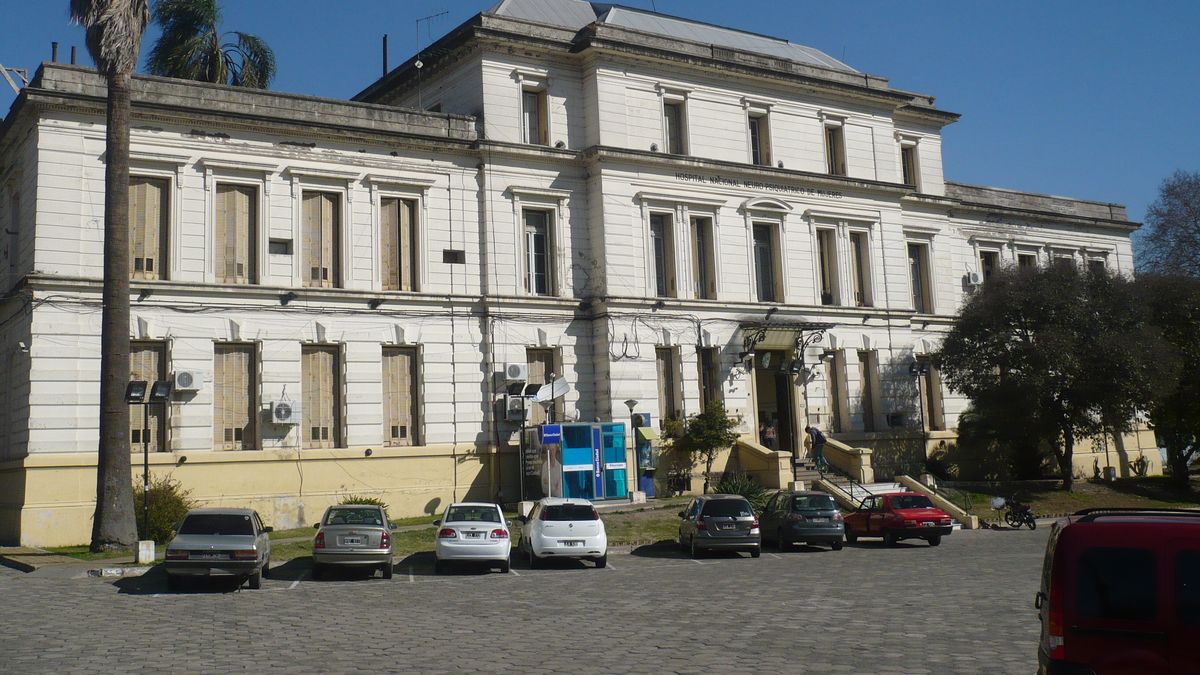The data comes from the INDEC report on Living Conditionswhich states that “if the population as a whole is considered, 66% of people have social work, prepaid, mutual or emergency serviceMeanwhile he 33.9% only have medical coverage through the public system“.
This percentage is from 32.6% in the case of women and of 35.2% in the case of mendetails the report.
By age group, it is observed that the 44.1% of children and adolescents (up to 17 years old) is in that situation, while this percentage it drops to 2.9% in the group of older adults (65 years and over).
The 97% of the elderly population has social security, prepaid, mutual or emergency servicesays the INDEC.
according to work, in the first half of 2018, 69.5% of the population of those urban agglomerates had social work, prepaid, mutual or emergency service and now it has dropped to 66%.
Instead, the portion of people who are only covered by the public system increased from 30.2% to 33.9%.
In proportion, in 2018, with 71%, women had social security coverage and/or private medicine. In 2022, dropped to 67.3%. Between the malesI know reduced from 67.9% to 64.6%.
This process was continuous throughout those years.. The medical coverage of social or prepaid works was further reduced during the hard months of the pandemic, putting greater stress on the public system, due to the sharp increase in the demand for benefits.
With the lifting of restrictions of quarantine, dropped to 31.1% those who are only treated in the public hospital, to grow to 33.9% in the first half of 2022 for him advance of informality and decrease of salary and income of the population in relation to the values of the quotas of private medicine.
Specialists point out that the structure of health coverage is highly heterogeneous according to the income levels of the population.
The INDEC Report marks it this way: “The combination of medical coverage type among the members of the household shows that, in a 53.3% of the total population, all members have coverage (social work, prepaid or emergency services). this proportion rises to 70.2% among the non-poorIt is 30.9% among the non-indigent poor and of 14.3% among the indigent poor“.
The Government had authorized an increase of 13.8% for prepayments to be applied in December. After the internal criticism that the announcement aroused, it was decided to split the increase into two tranches. It will be increased by 6.9% in December and another 6.9% in January, while from February another increase scheme will apply.
In addition, a survey by the Defense of Users and Consumers association (Deuco) reported this week that the fees for prepaid medical plans increased 3,544% between 2012 and 2022, well above the inflation recorded in that period.
Source: Ambito
David William is a talented author who has made a name for himself in the world of writing. He is a professional author who writes on a wide range of topics, from general interest to opinion news. David is currently working as a writer at 24 hours worlds where he brings his unique perspective and in-depth research to his articles, making them both informative and engaging.




